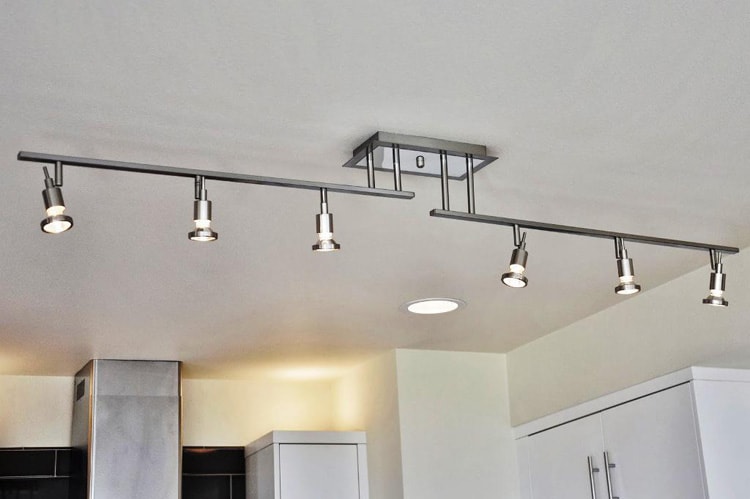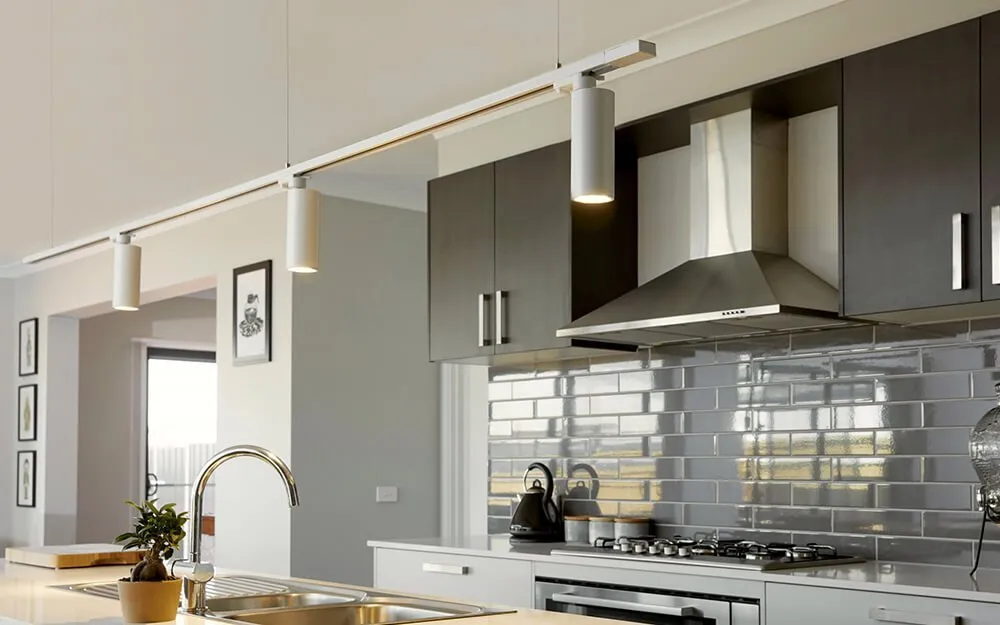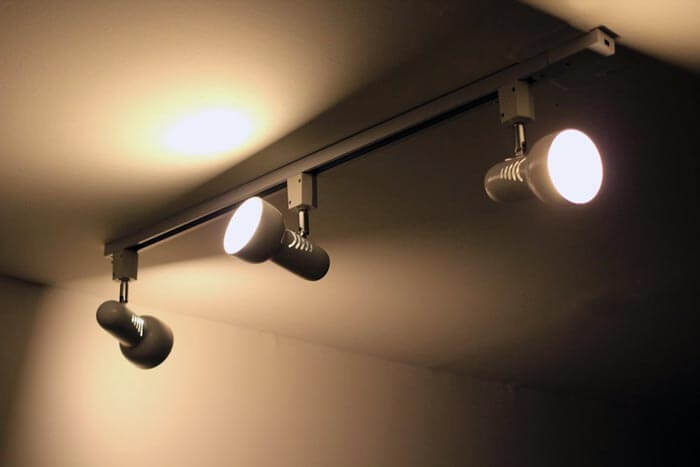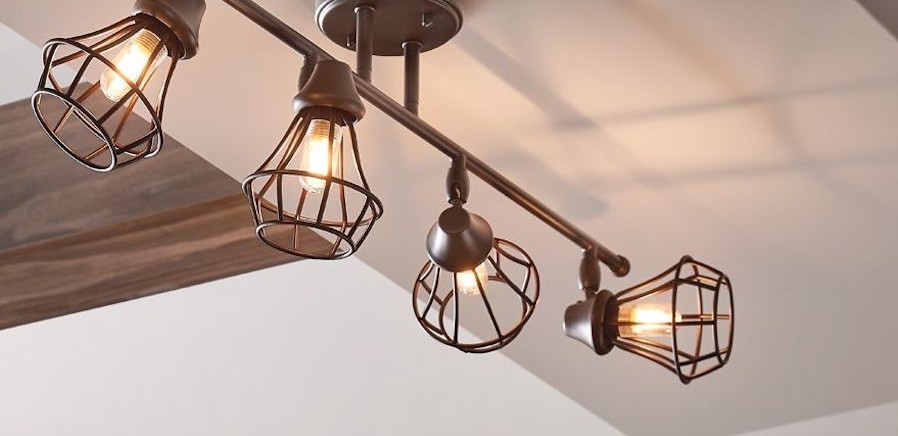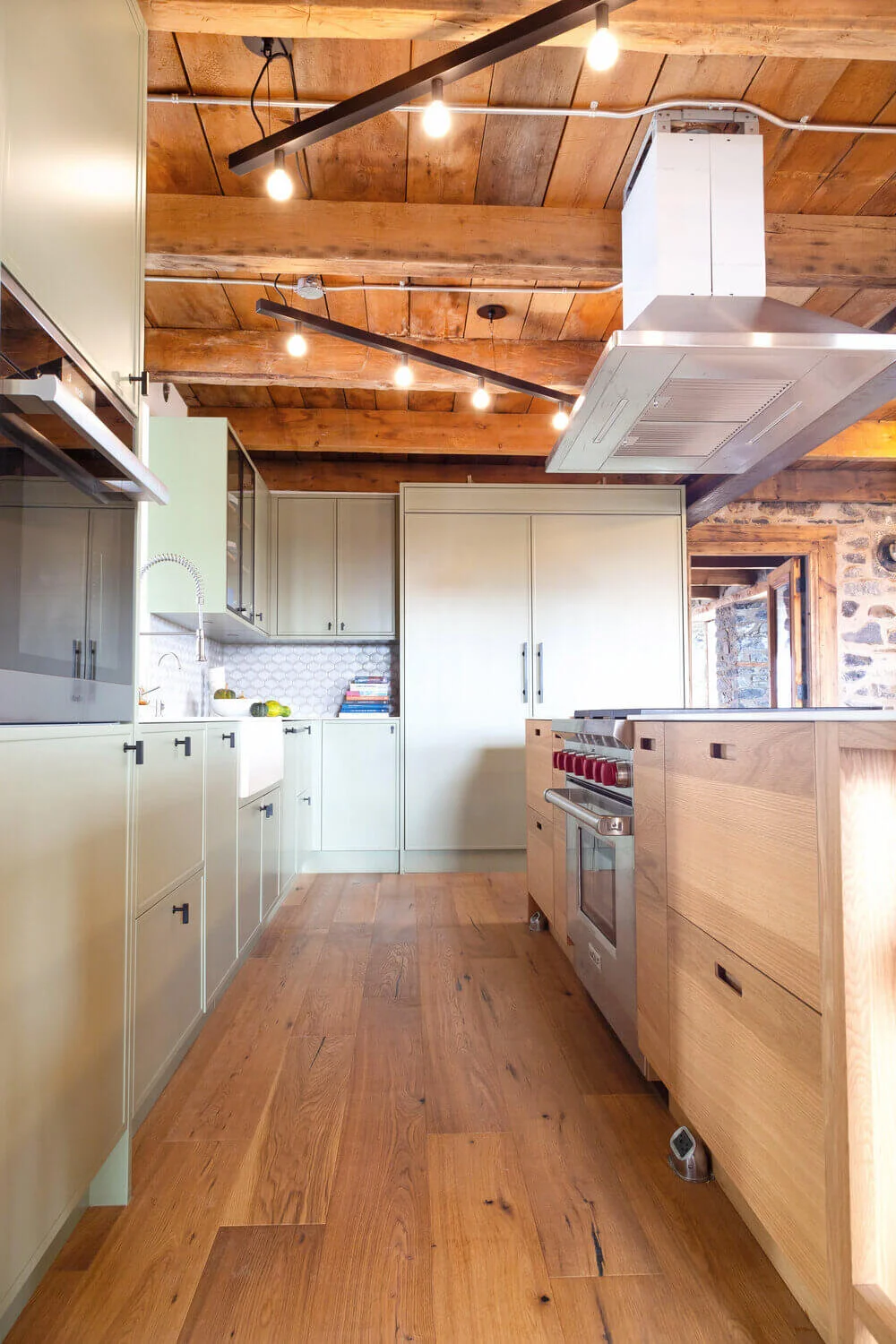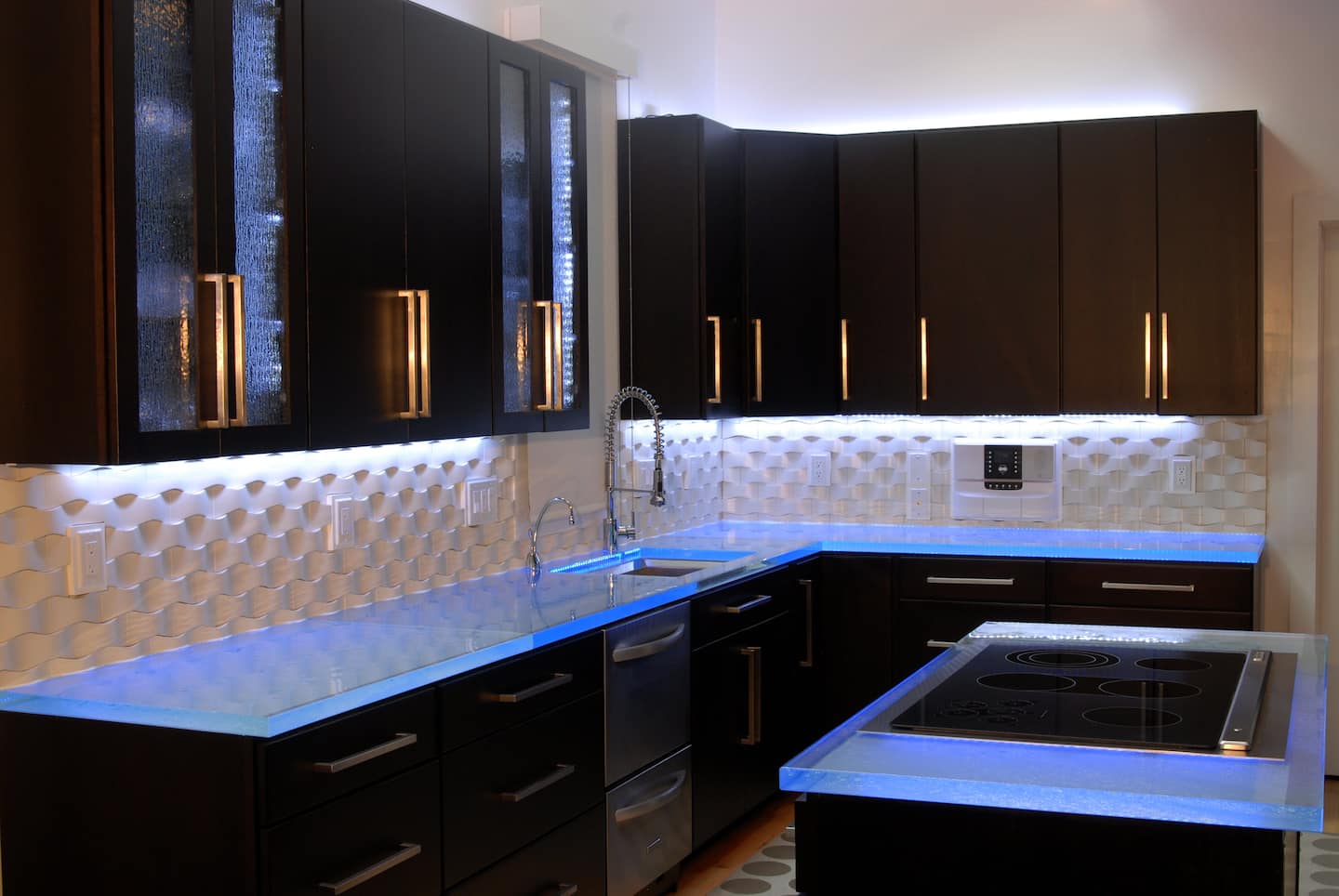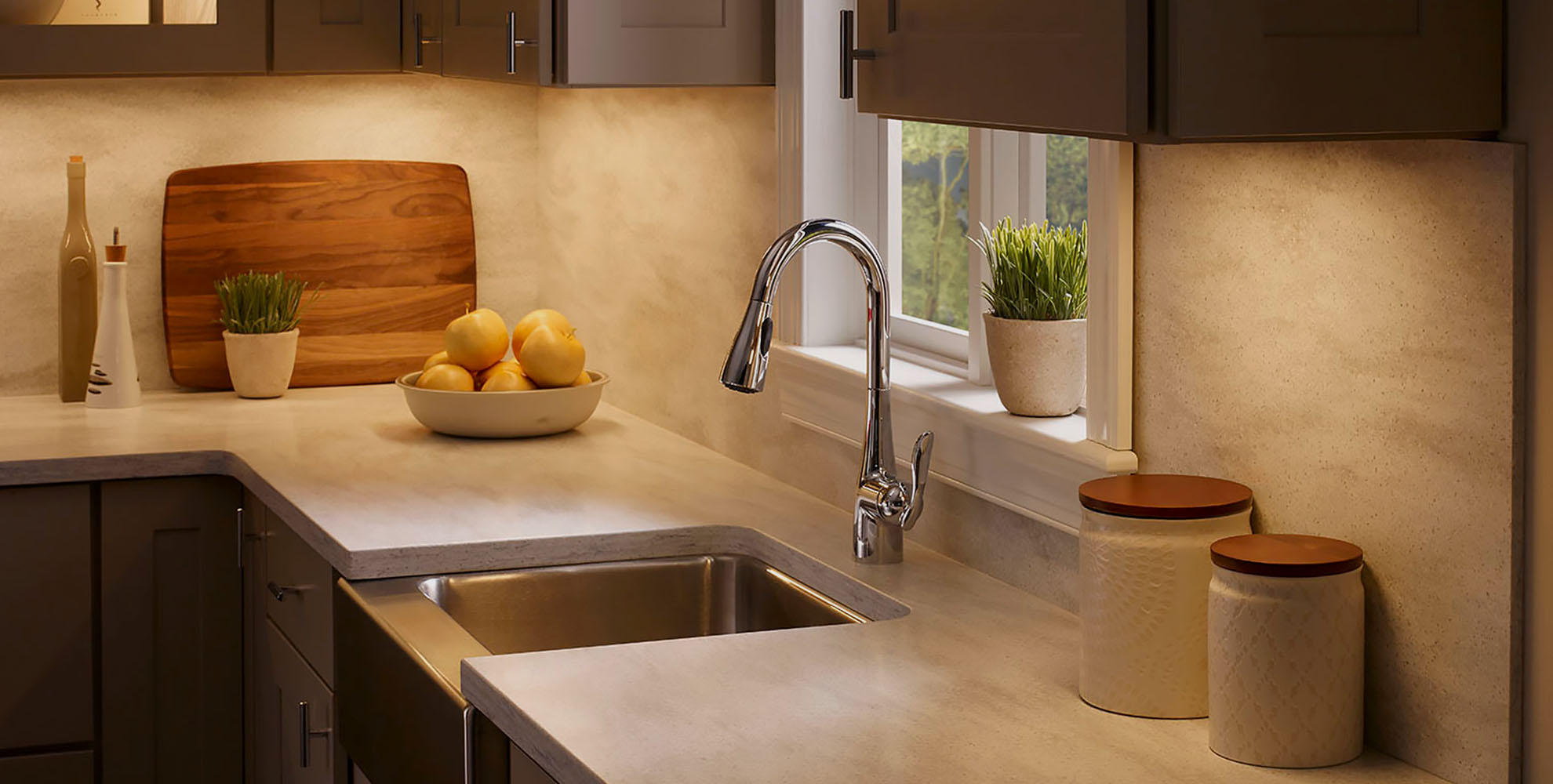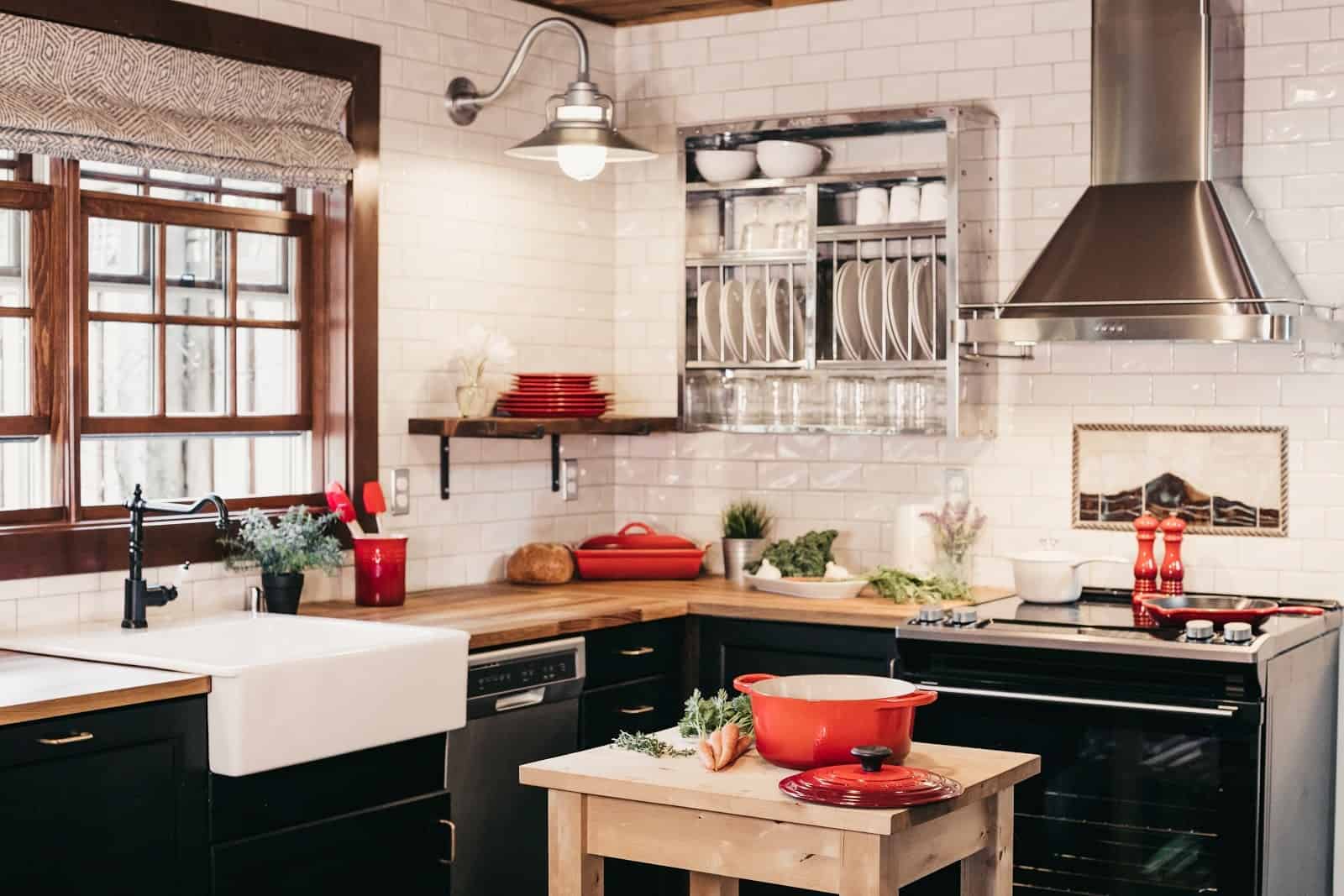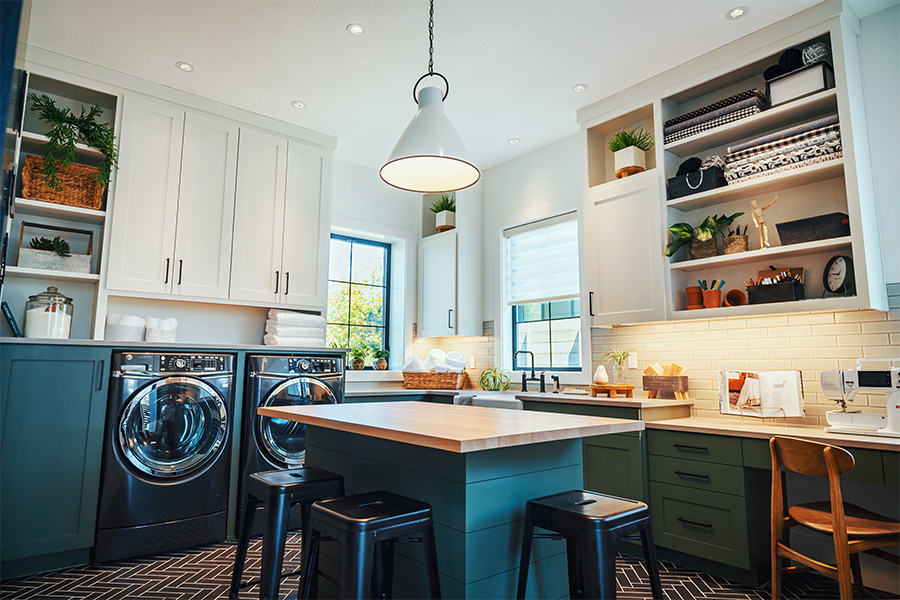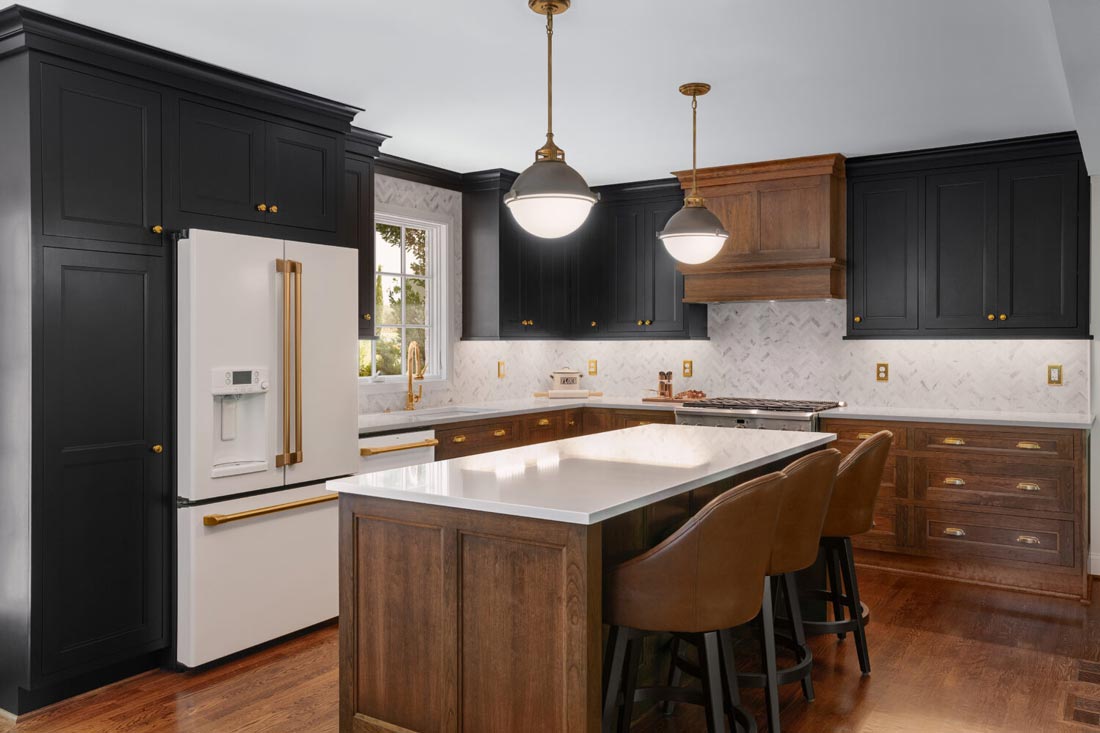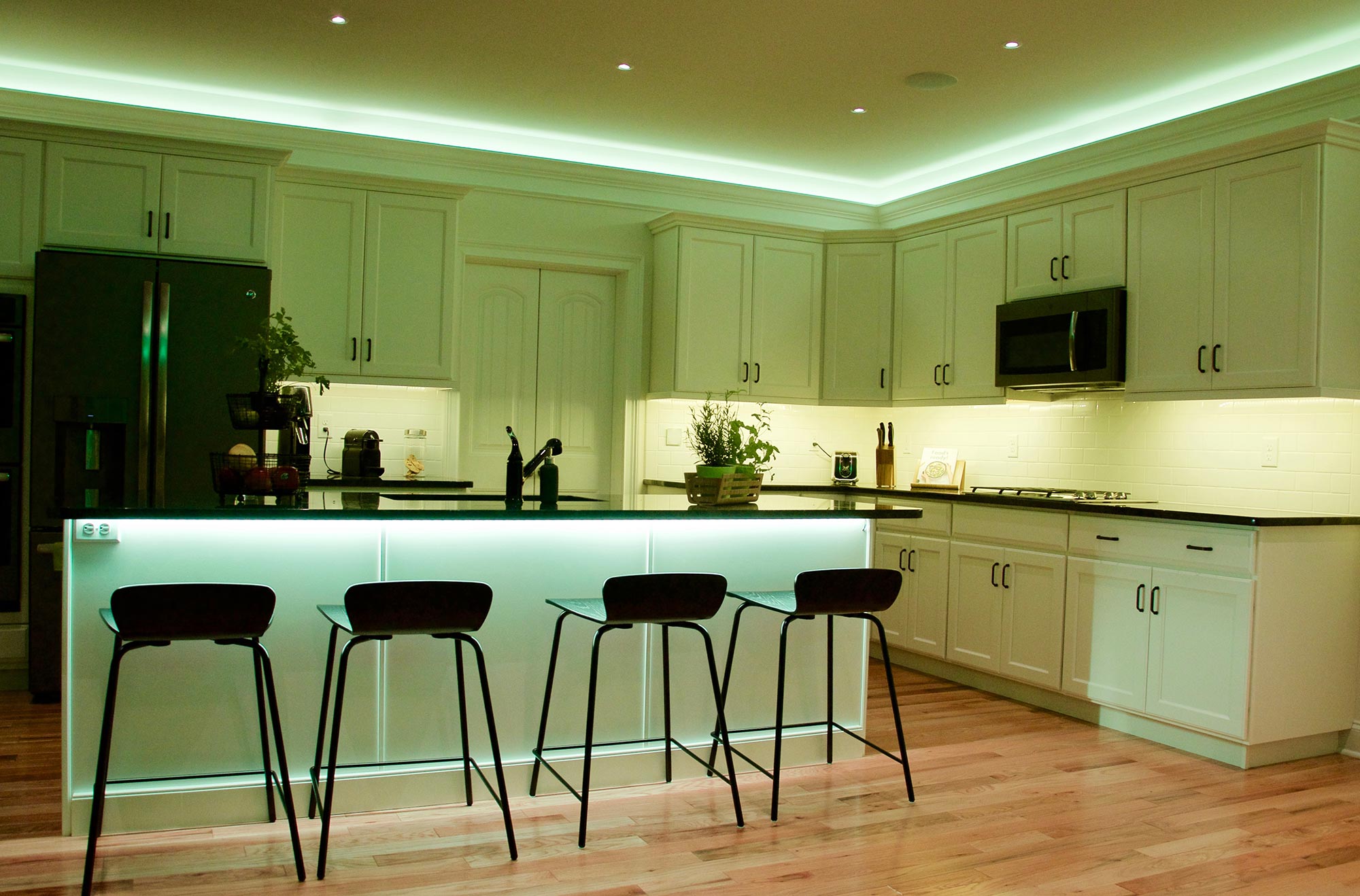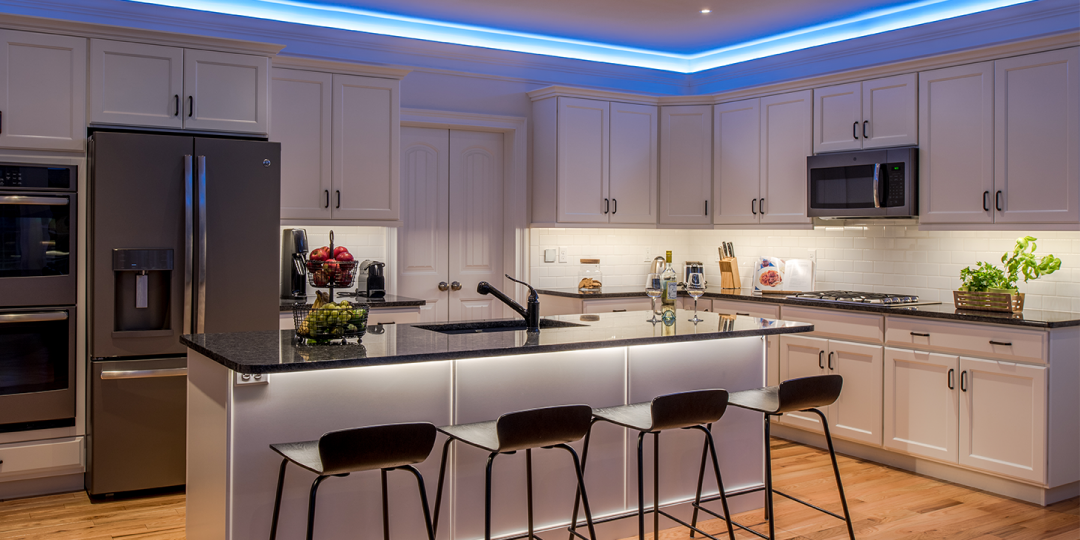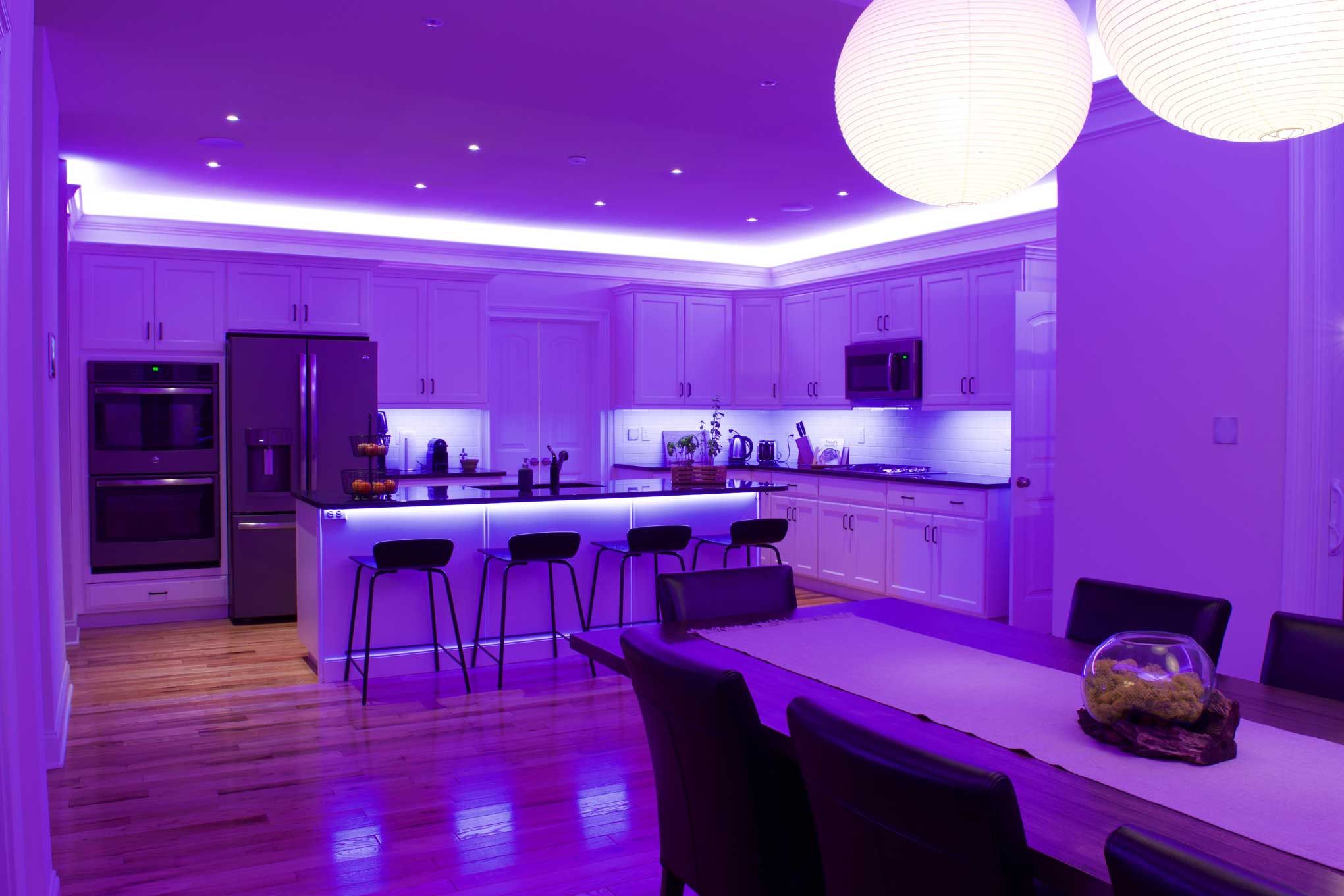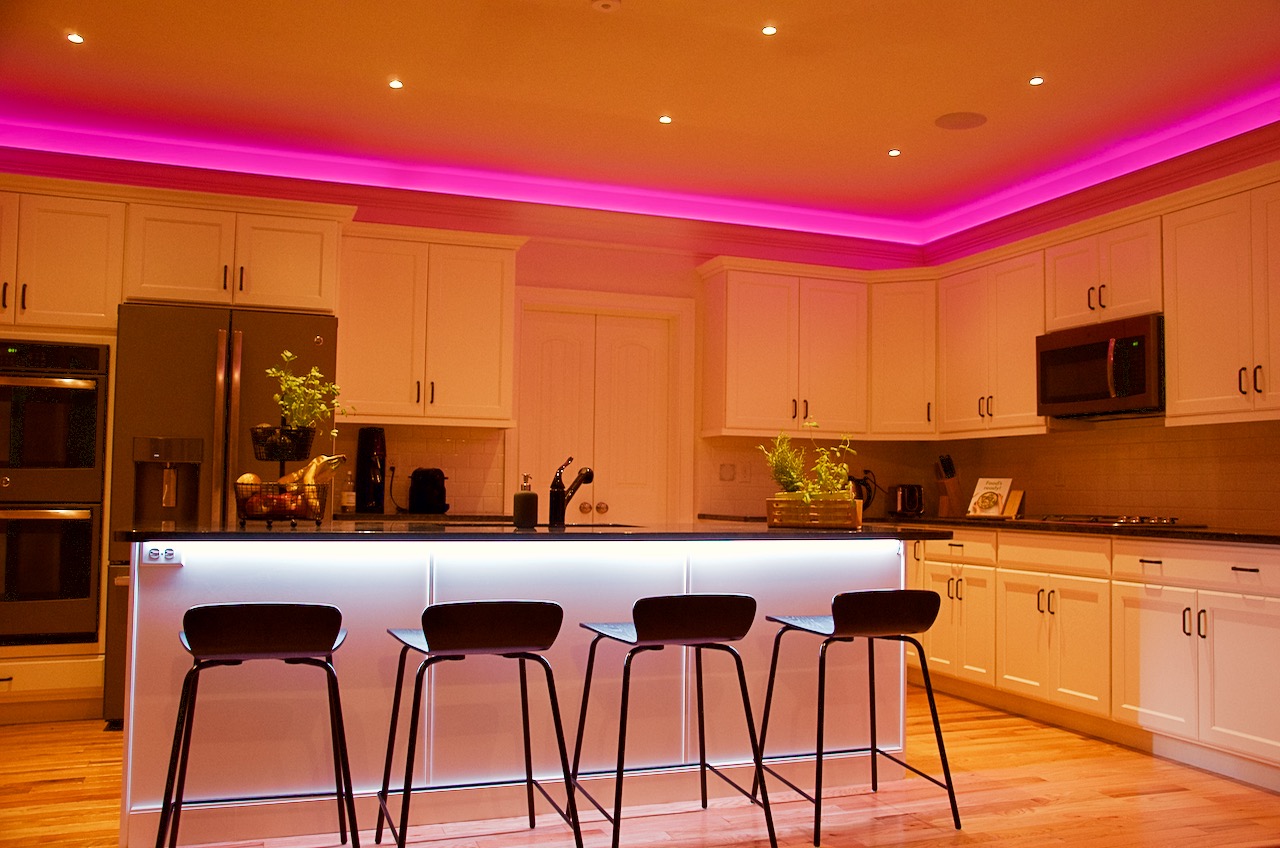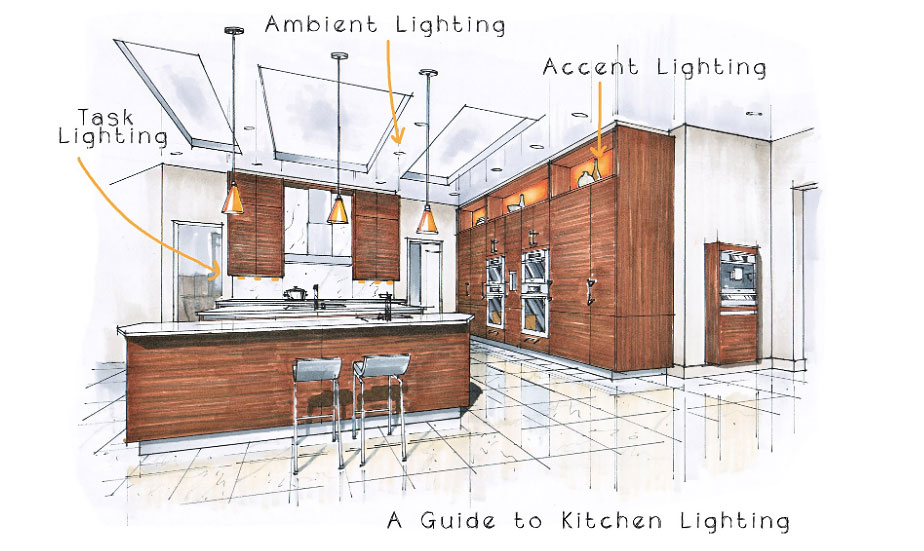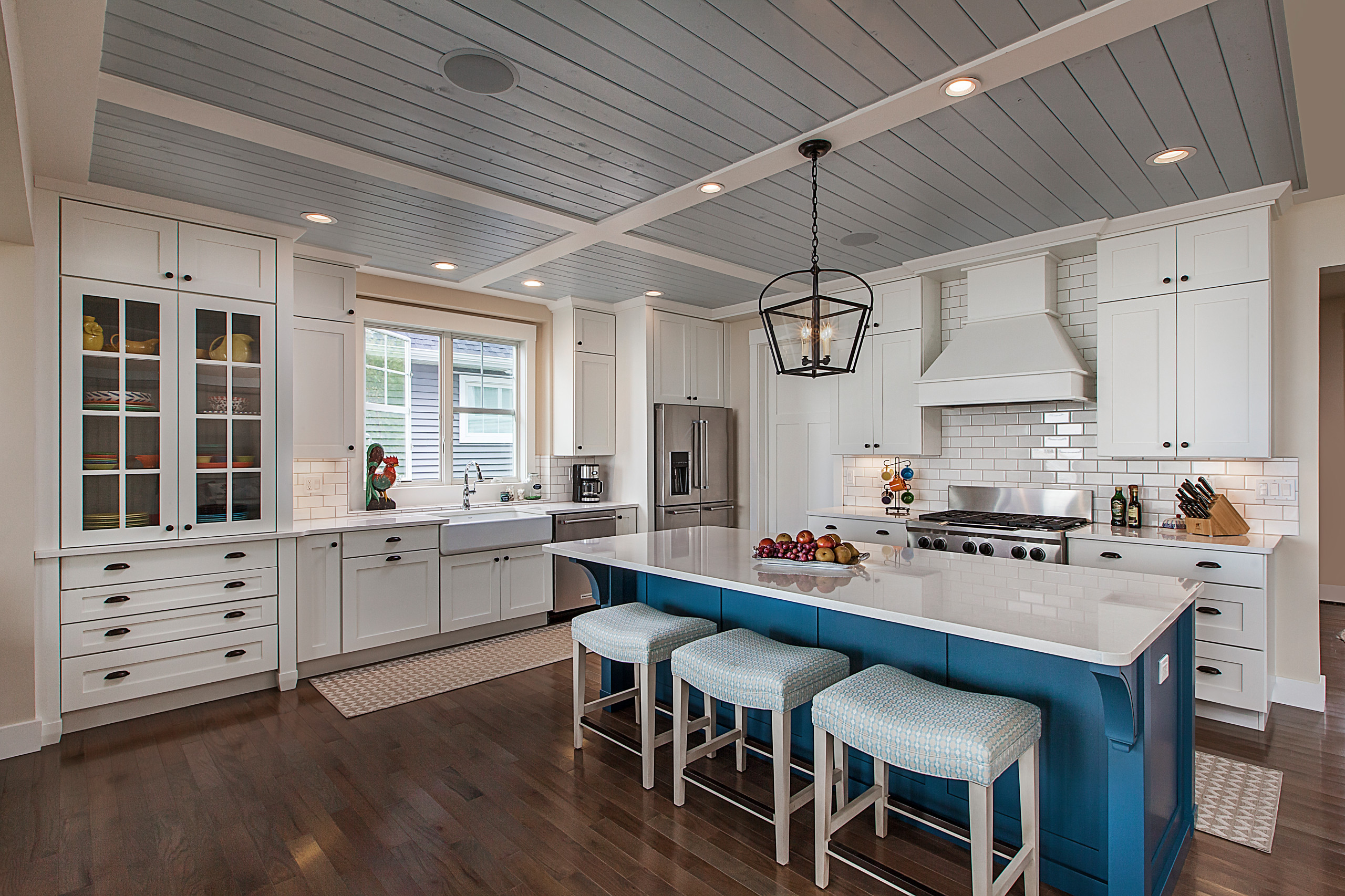Lighting is an essential component of any kitchen. It not only serves a functional purpose, but it also adds ambiance and style to the space. However, choosing the right lighting for your kitchen can be a bit overwhelming, especially when it comes to measuring for the perfect fit. But fear not, we've got you covered with our step-by-step guide for measuring for kitchen lighting.Measuring for Kitchen Lighting: A Step-by-Step Guide
Before we dive into the specific types of kitchen lighting, let's go over some general tips and tricks for measuring. The first thing you need to do is measure the overall size of your kitchen. This will give you a better idea of how much lighting you'll need to adequately illuminate the space. Next, consider the layout of your kitchen. Do you have a large island or a small galley-style kitchen? The size and shape of your kitchen will play a role in the type and placement of your lighting fixtures. Lastly, think about the function of your kitchen. Is it primarily used for cooking and meal prep, or is it also a gathering space for family and friends? This will help determine the type of lighting you need to create the desired ambiance.How to Measure for Kitchen Lighting: Tips and Tricks
When it comes to choosing the right size light fixture for your kitchen, there are a few factors to consider. First, the size of your kitchen will determine the size of the fixture. As a general rule, the larger the space, the larger the fixture should be. You also want to make sure the fixture is proportional to the size of your island or dining table if you have one in your kitchen. A good rule of thumb is to choose a fixture that is about two-thirds the size of your island or table. Lastly, consider the height of your ceiling. For standard 8-foot ceilings, a flush mount or semi-flush mount light fixture is a good option. For higher ceilings, you can opt for a pendant light or chandelier that hangs lower to fill the space.Choosing the Right Size Light Fixture for Your Kitchen
Recessed lighting is a popular choice for kitchens as it provides a clean and modern look. When measuring for recessed lighting, you'll need to determine the spacing between each light. As a general rule, the distance between each light should be about half the height of your ceiling. For example, if you have an 8-foot ceiling, the distance between each recessed light should be about 4 feet. This will ensure even and adequate lighting throughout the space.Measuring for Recessed Lighting in Your Kitchen
Under cabinet lighting is a great option for adding task lighting to your kitchen. To measure for under cabinet lighting, you'll need to measure the length of your cabinets and the depth of the cabinet from the back wall to the front edge. For best results, the under cabinet lights should be mounted towards the front of the cabinet, about 2-3 inches from the front edge. This will provide the most light for your countertops while also hiding the light fixtures from view.How to Measure for Under Cabinet Lighting in Your Kitchen
Pendant lights are a popular choice for over kitchen islands or dining tables. When measuring for pendant lights, you'll need to consider the size of your island or table, as well as the height of your ceiling. For islands or tables that are 4-5 feet long, you'll want to choose a pendant light that is about 12-18 inches in diameter. For larger islands or tables, you can opt for multiple smaller pendant lights or a larger fixture with a diameter of 24 inches or more. When it comes to height, the bottom of the pendant should hang about 30-36 inches above the surface of the island or table for optimal lighting and visual appeal.Measuring for Pendant Lights in Your Kitchen
Now that we've covered the different types of kitchen lighting and how to measure for them, it's important to determine how much light your kitchen needs. The amount of light needed will depend on the size of your kitchen, the function of the space, and your personal preference. As a general rule, you'll want about 50 lumens (measurement of light output) per square foot in your kitchen. So, if you have a 10x10 foot kitchen, you'll need a total of 5,000 lumens. This can be achieved with a combination of ambient, task, and accent lighting.Calculating the Right Amount of Light for Your Kitchen
Track lighting is another popular option for kitchens as it allows for flexibility in lighting placement. When measuring for track lighting, you'll need to determine the length of the track needed based on the size of your kitchen, as well as the number of lights you want on the track. For example, if you have a 12-foot kitchen and want four lights on the track, you'll need a 4-foot track. You'll also want to consider the spacing between each light to ensure even coverage and avoid any dark spots.Measuring for Track Lighting in Your Kitchen
Task lighting is essential for areas where you need focused and direct light, such as above the stove or sink. When measuring for task lighting, you'll want to make sure the light is centered over the area you'll be using it for. For example, if you have a range that is 30 inches wide, you'll want a task light that is at least 30 inches long to provide adequate coverage. You'll also want to consider the height of your ceiling and the placement of the task light to avoid any glare or shadows.How to Measure for Task Lighting in Your Kitchen
Ambient lighting is the overall lighting in the room and sets the mood for the space. When measuring for ambient lighting, you'll need to consider the size of your kitchen and the type of fixtures you'll be using. For a small kitchen, a single fixture in the center of the room may be enough. For larger kitchens, multiple fixtures or a combination of recessed lights and a central fixture may be needed to provide adequate ambient lighting. In conclusion, measuring for kitchen lighting may seem like a daunting task, but with these tips and tricks, you'll be able to choose the perfect lighting for your space. Remember to consider the size and layout of your kitchen, the function of the space, and the type of lighting you want to create the perfect balance of functionality and style.Measuring for Ambient Lighting in Your Kitchen
Maximizing Your Kitchen's Natural Light with Strategic Measurements
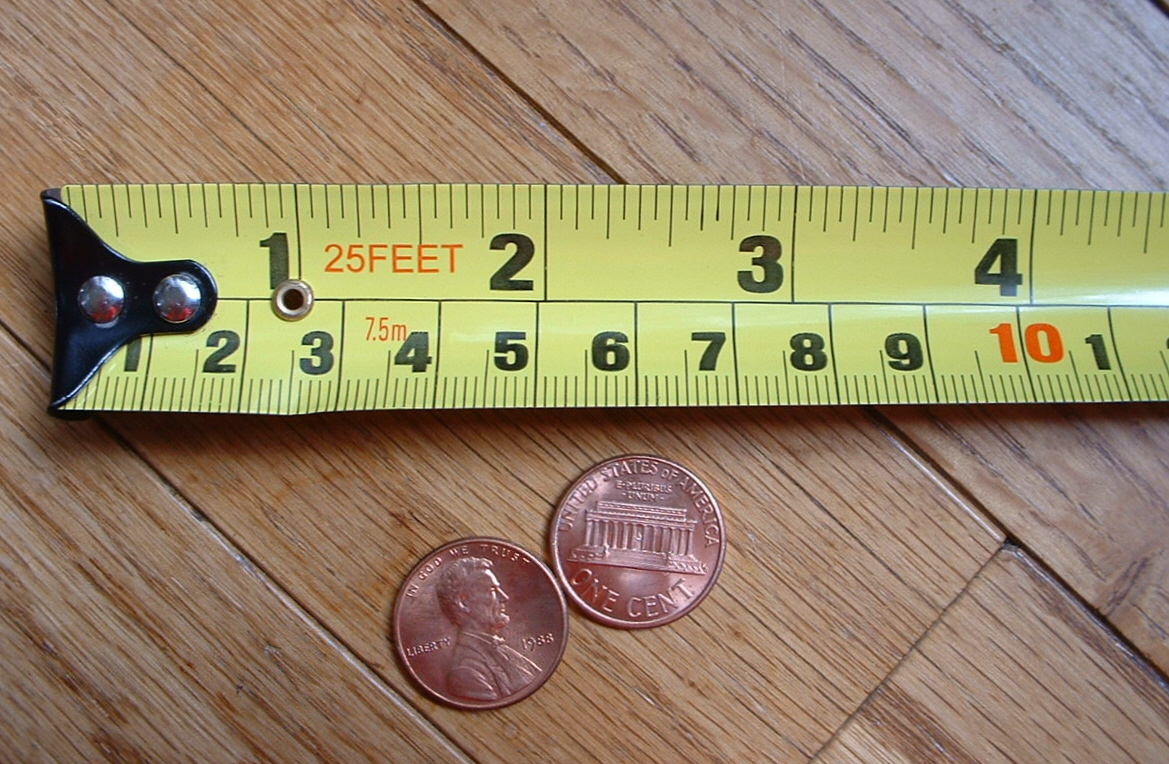
Creating a Bright and Inviting Kitchen Space
 When it comes to designing your dream kitchen, one of the most important factors to consider is lighting. A well-lit kitchen not only makes it easier to navigate and work in, but it also creates a warm and inviting atmosphere for family and friends to gather in. Natural light, in particular, has a unique way of enhancing the overall aesthetic and functionality of a kitchen. In this article, we will explore how measuring your kitchen space can help you strategically incorporate
natural light
into your kitchen design.
When it comes to designing your dream kitchen, one of the most important factors to consider is lighting. A well-lit kitchen not only makes it easier to navigate and work in, but it also creates a warm and inviting atmosphere for family and friends to gather in. Natural light, in particular, has a unique way of enhancing the overall aesthetic and functionality of a kitchen. In this article, we will explore how measuring your kitchen space can help you strategically incorporate
natural light
into your kitchen design.
Assessing Your Kitchen's Layout
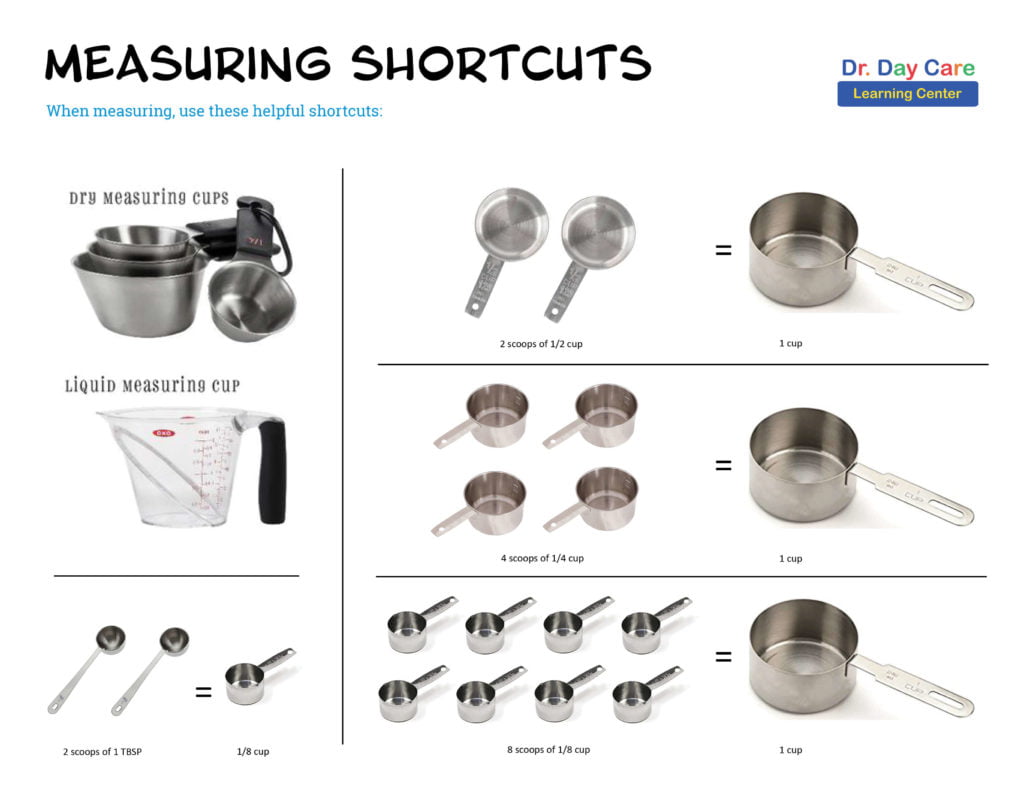 Before you start measuring, it's important to assess your kitchen's layout and take note of any existing windows or sources of natural light. This will give you a better idea of where you can maximize natural light and where you may need to incorporate artificial lighting.
Measuring
your kitchen space will also help you determine the ideal placement for windows or skylights to ensure the most natural light possible.
Before you start measuring, it's important to assess your kitchen's layout and take note of any existing windows or sources of natural light. This will give you a better idea of where you can maximize natural light and where you may need to incorporate artificial lighting.
Measuring
your kitchen space will also help you determine the ideal placement for windows or skylights to ensure the most natural light possible.
Calculating Window Size and Placement
 When it comes to windows, size and placement are key. The size of your windows will directly impact the amount of natural light that enters your kitchen, so it's important to take careful measurements. For optimal natural light,
consider
installing larger windows that are strategically placed to capture the most sunlight throughout the day. If your kitchen is on the smaller side, consider installing a bay or bow window, which can provide a larger surface area for natural light to enter.
When it comes to windows, size and placement are key. The size of your windows will directly impact the amount of natural light that enters your kitchen, so it's important to take careful measurements. For optimal natural light,
consider
installing larger windows that are strategically placed to capture the most sunlight throughout the day. If your kitchen is on the smaller side, consider installing a bay or bow window, which can provide a larger surface area for natural light to enter.
Utilizing Skylights and Sun Tunnels
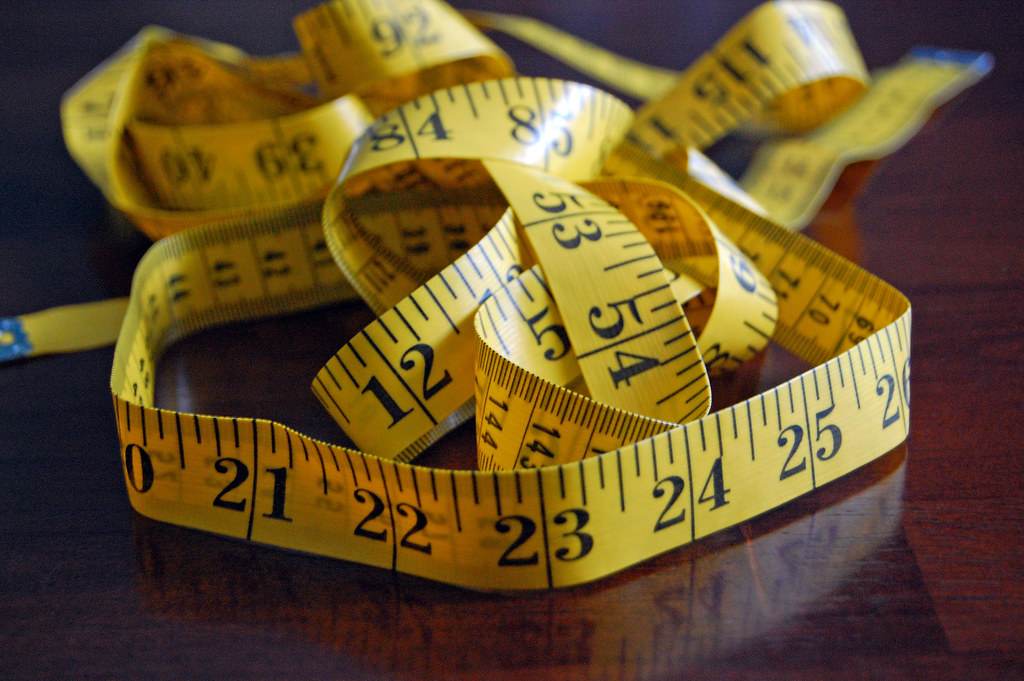 If your kitchen doesn't have the option for windows, don't worry. Skylights and sun tunnels are great alternatives for bringing in natural light. These can be strategically placed in areas that lack natural light, such as above the kitchen island or sink. When measuring for skylights or sun tunnels, it's important to consider the direction of the sun and how it will affect the light entering your kitchen.
If your kitchen doesn't have the option for windows, don't worry. Skylights and sun tunnels are great alternatives for bringing in natural light. These can be strategically placed in areas that lack natural light, such as above the kitchen island or sink. When measuring for skylights or sun tunnels, it's important to consider the direction of the sun and how it will affect the light entering your kitchen.
Conclusion
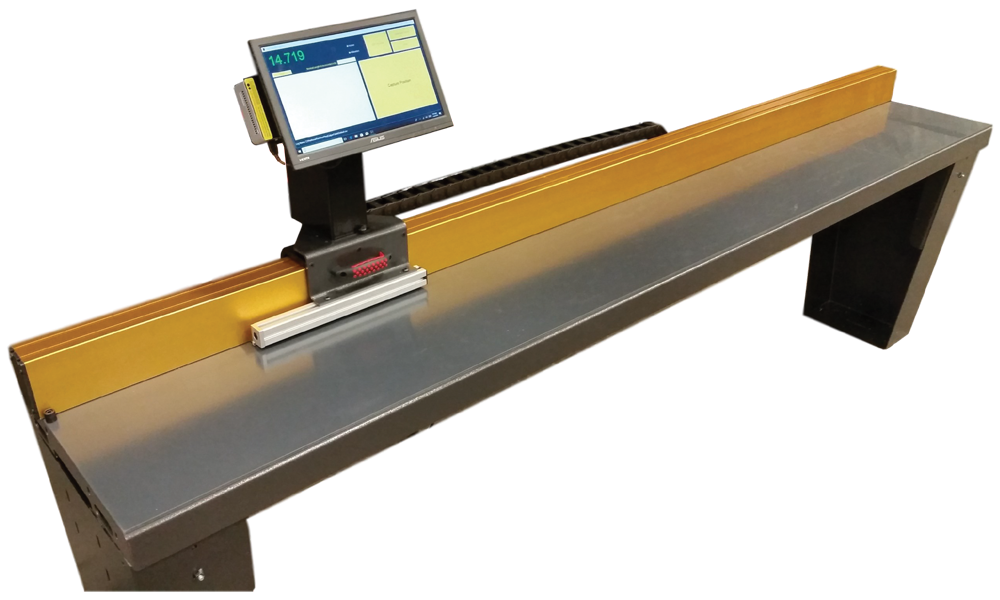 Incorporating natural light into your kitchen design can have a significant impact on the overall look and feel of your space. By taking the time to properly measure your kitchen and strategically place windows, skylights, or sun tunnels, you can create a bright and inviting kitchen that you and your loved ones will enjoy for years to come. Don't underestimate the power of natural light in transforming your kitchen into a beautiful and functional space.
Incorporating natural light into your kitchen design can have a significant impact on the overall look and feel of your space. By taking the time to properly measure your kitchen and strategically place windows, skylights, or sun tunnels, you can create a bright and inviting kitchen that you and your loved ones will enjoy for years to come. Don't underestimate the power of natural light in transforming your kitchen into a beautiful and functional space.







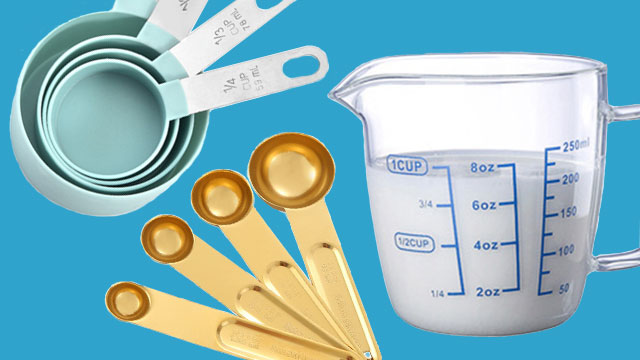

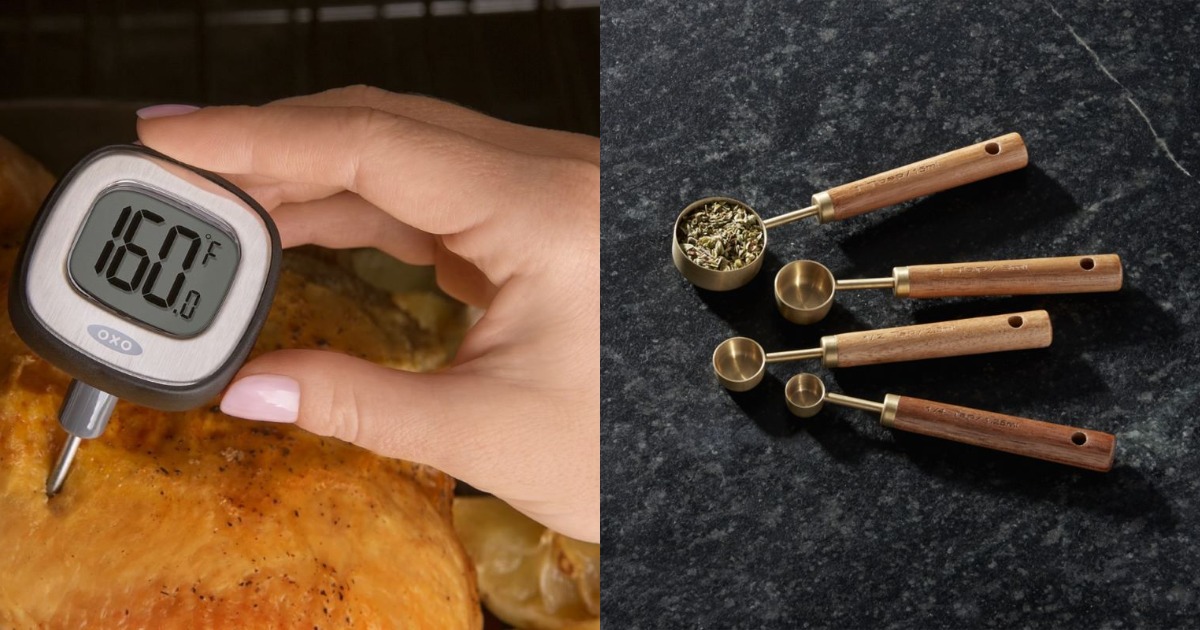






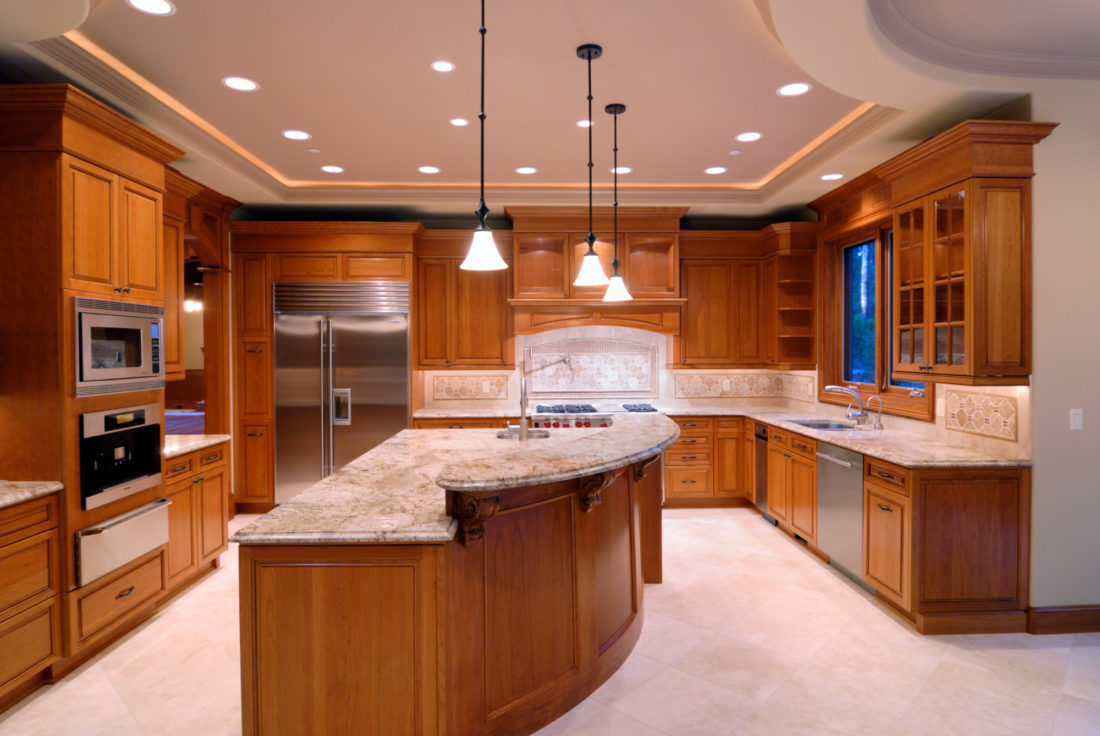




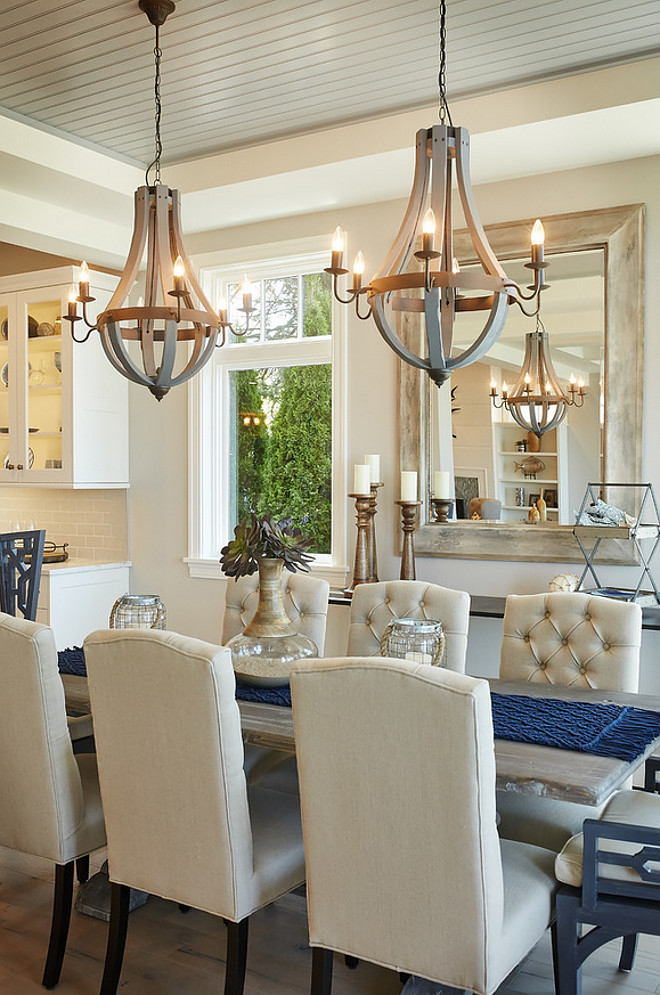





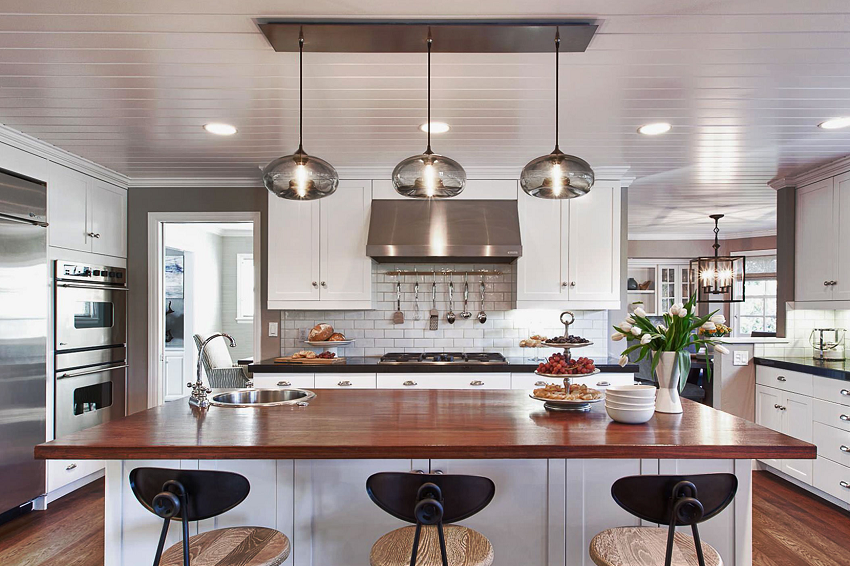
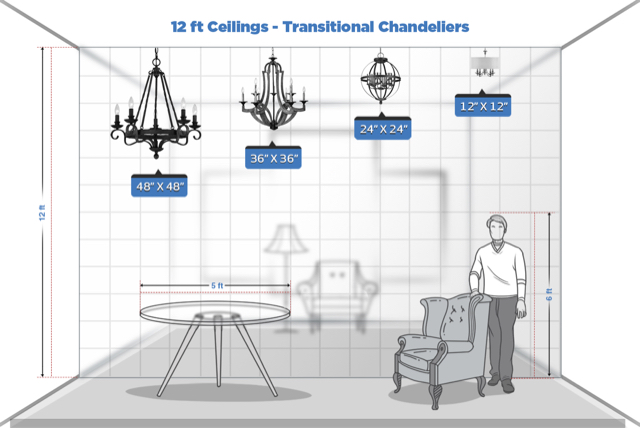
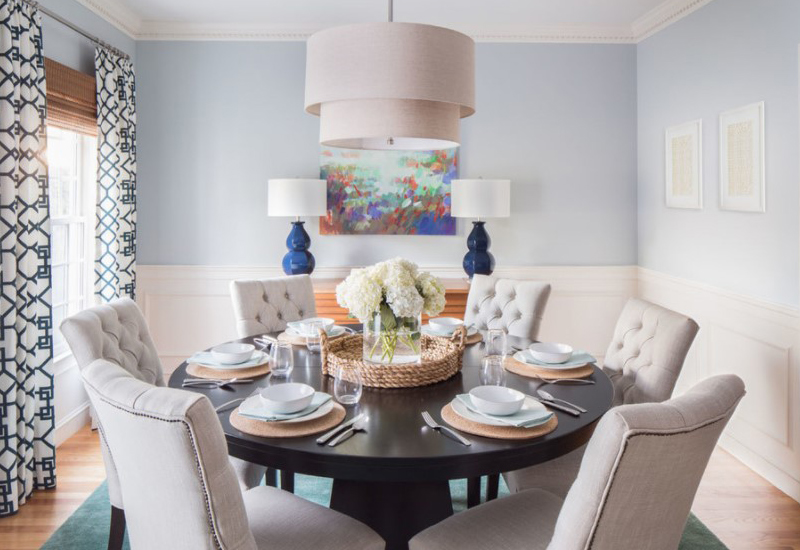

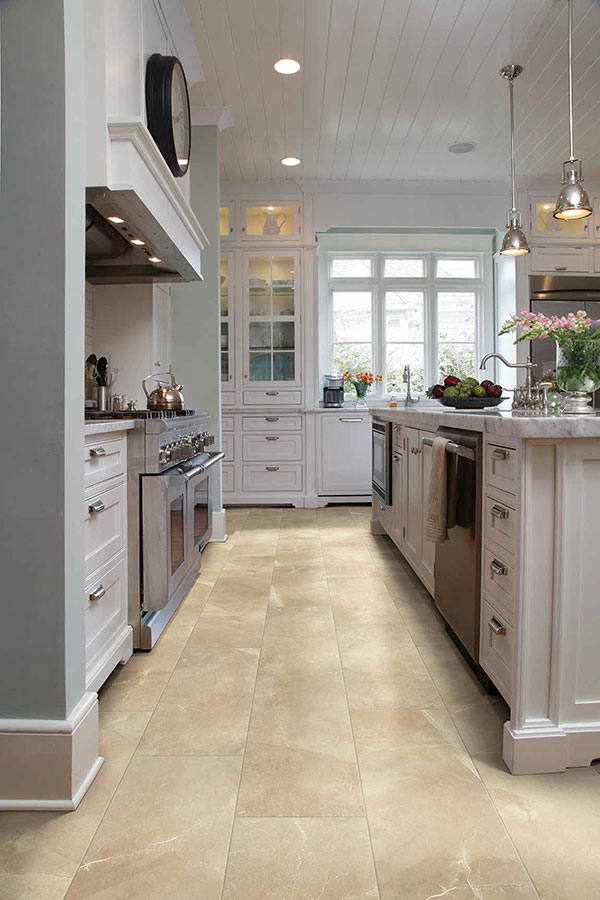



:max_bytes(150000):strip_icc()/kitchenrecessedlighting-GettyImages-155383268-dec5caad600541ff81cbdd6d06846c66.jpg)
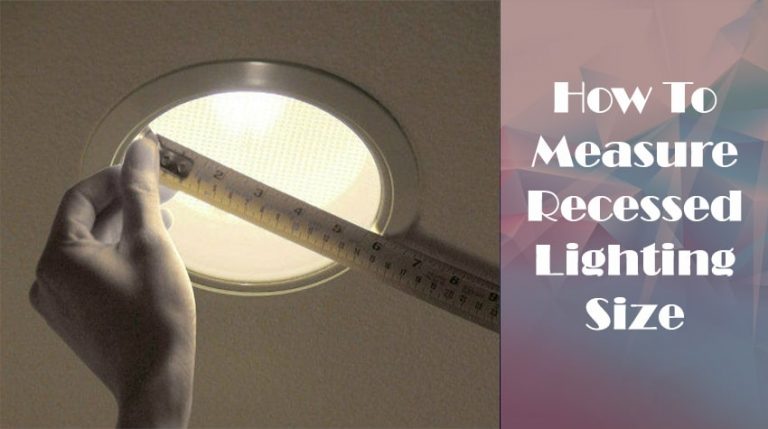








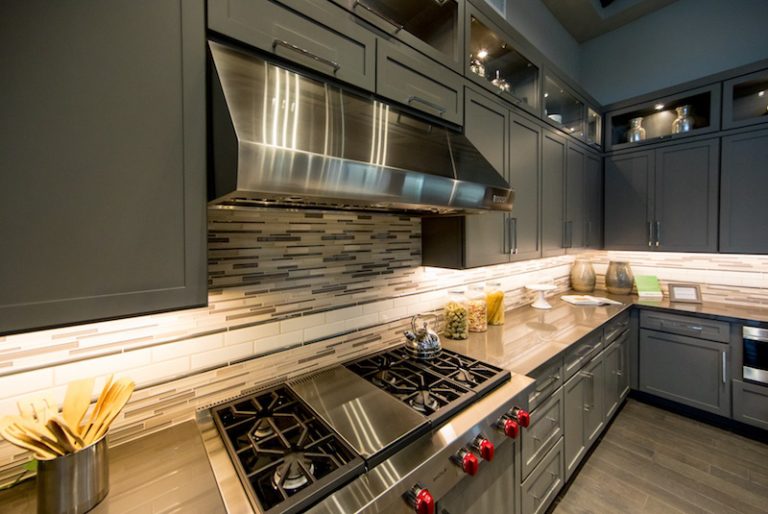

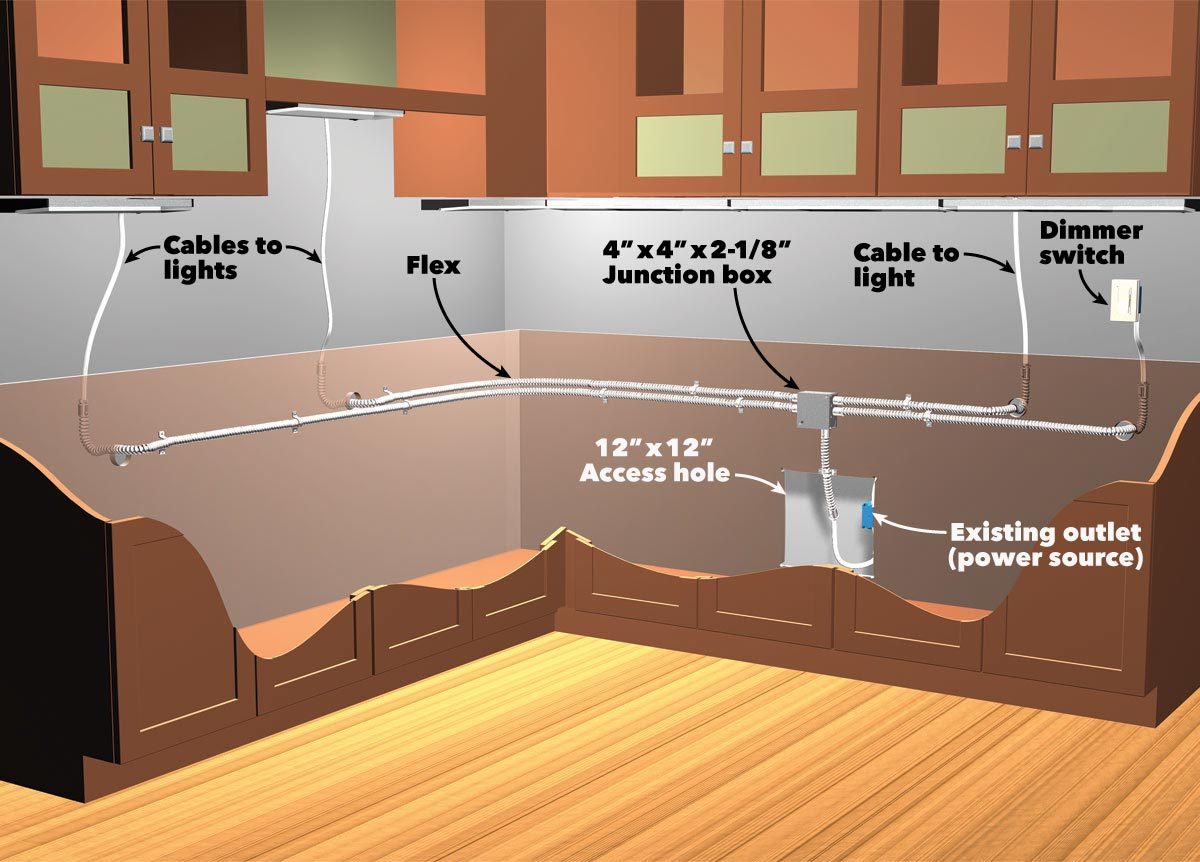


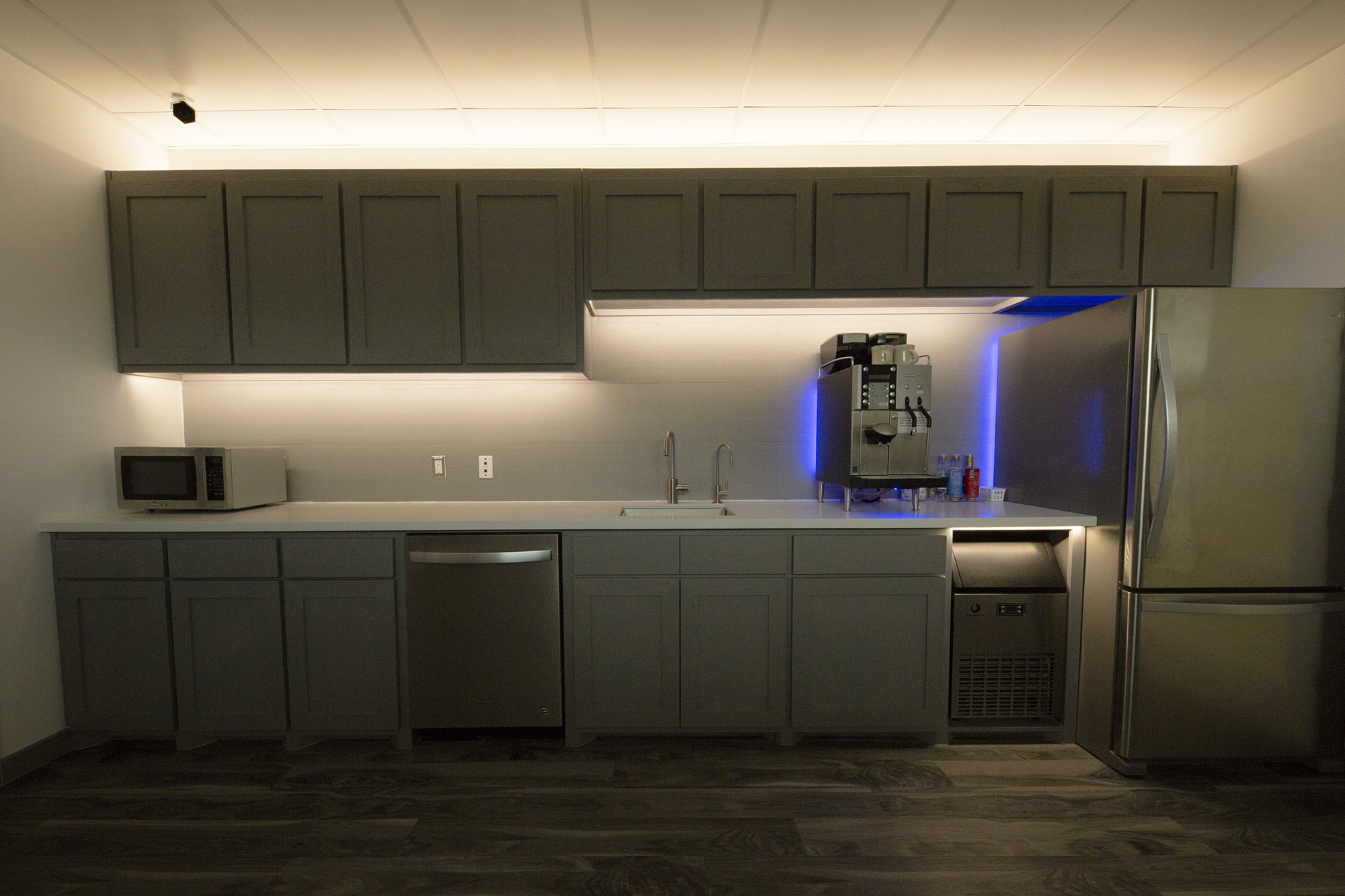
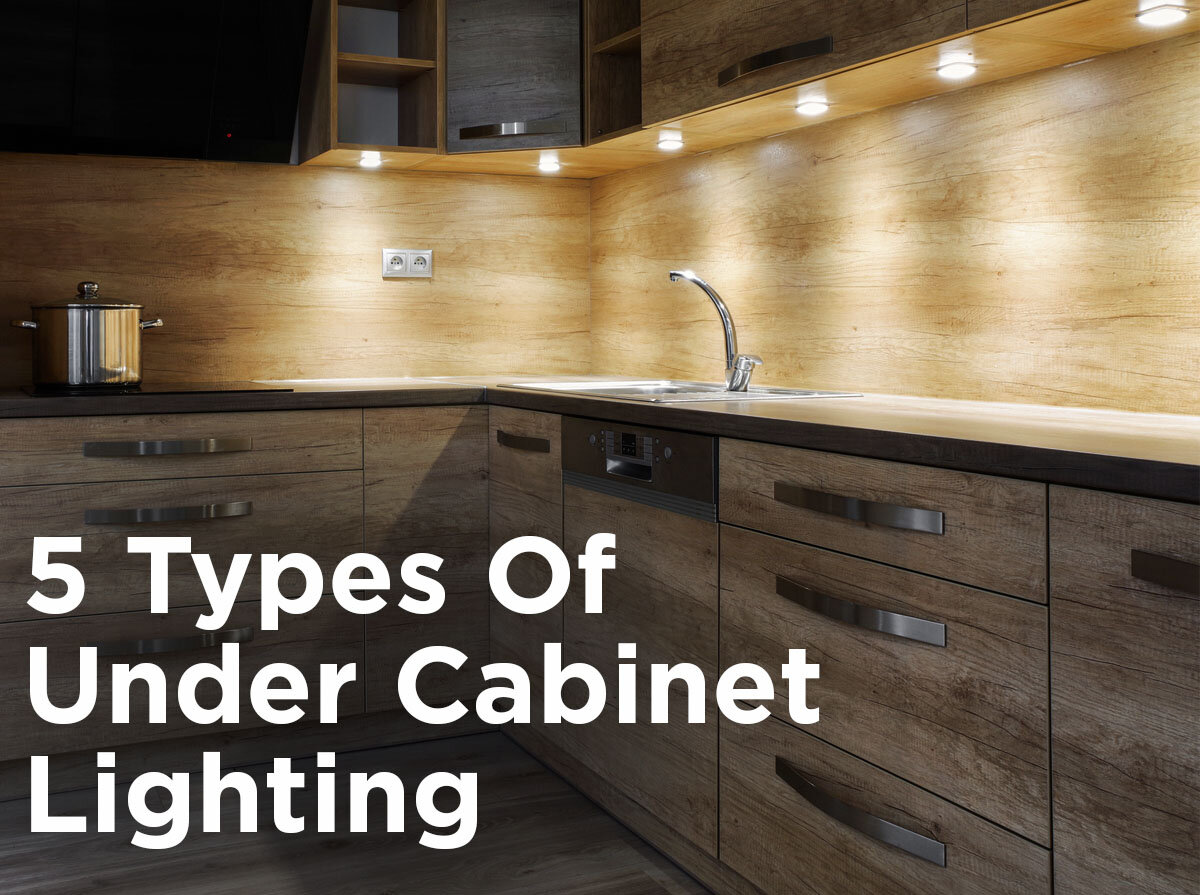




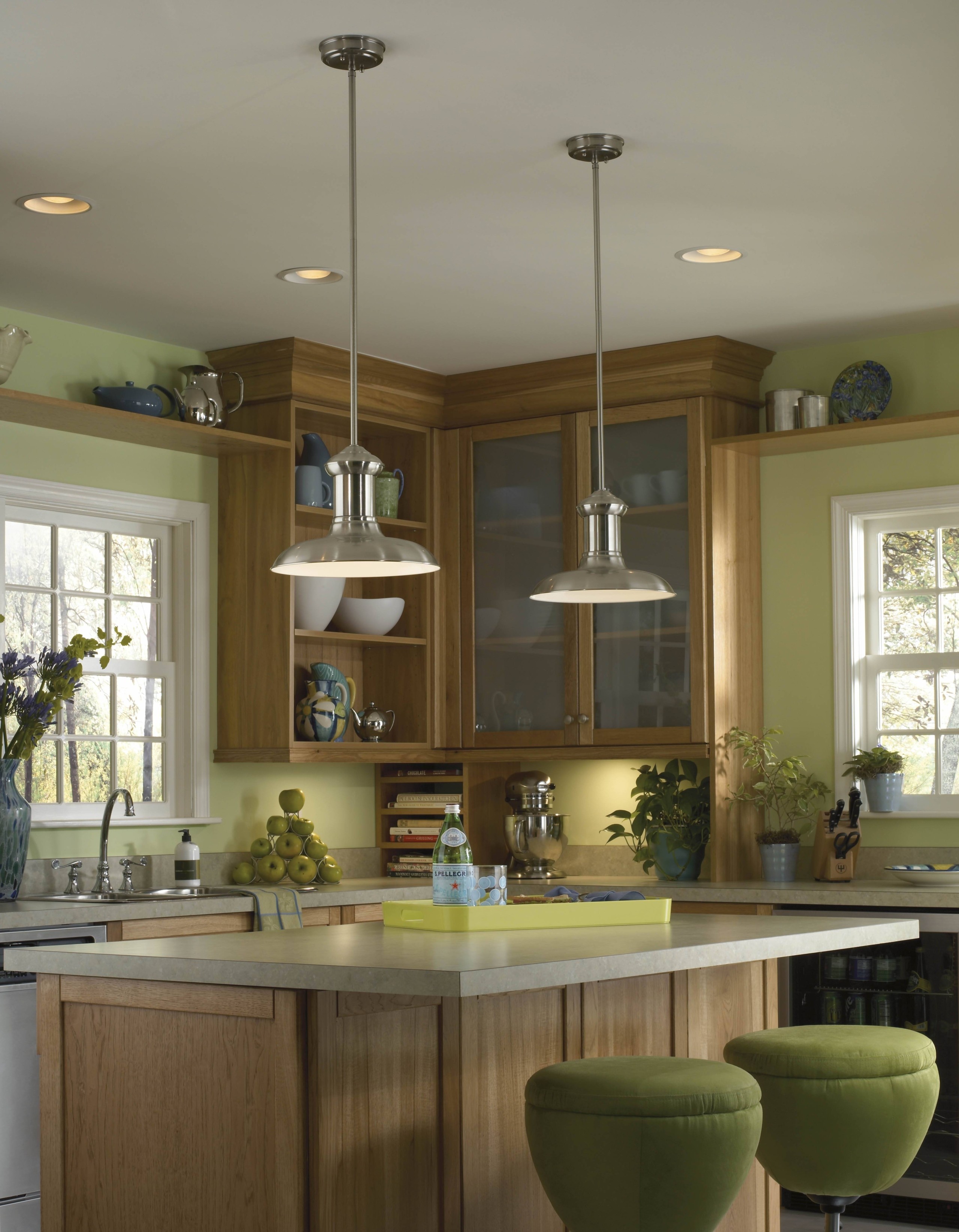

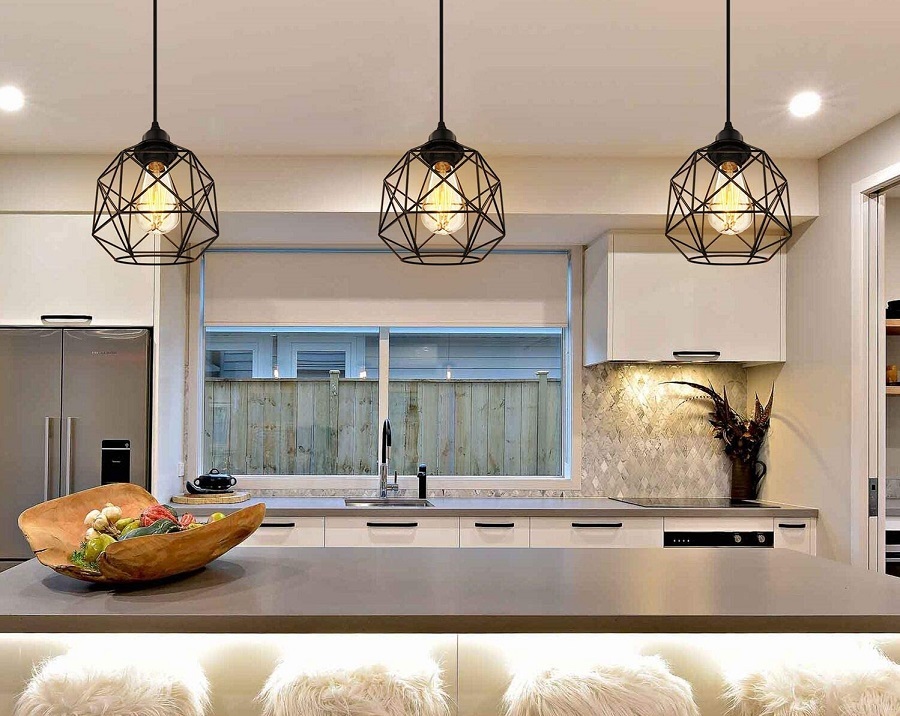

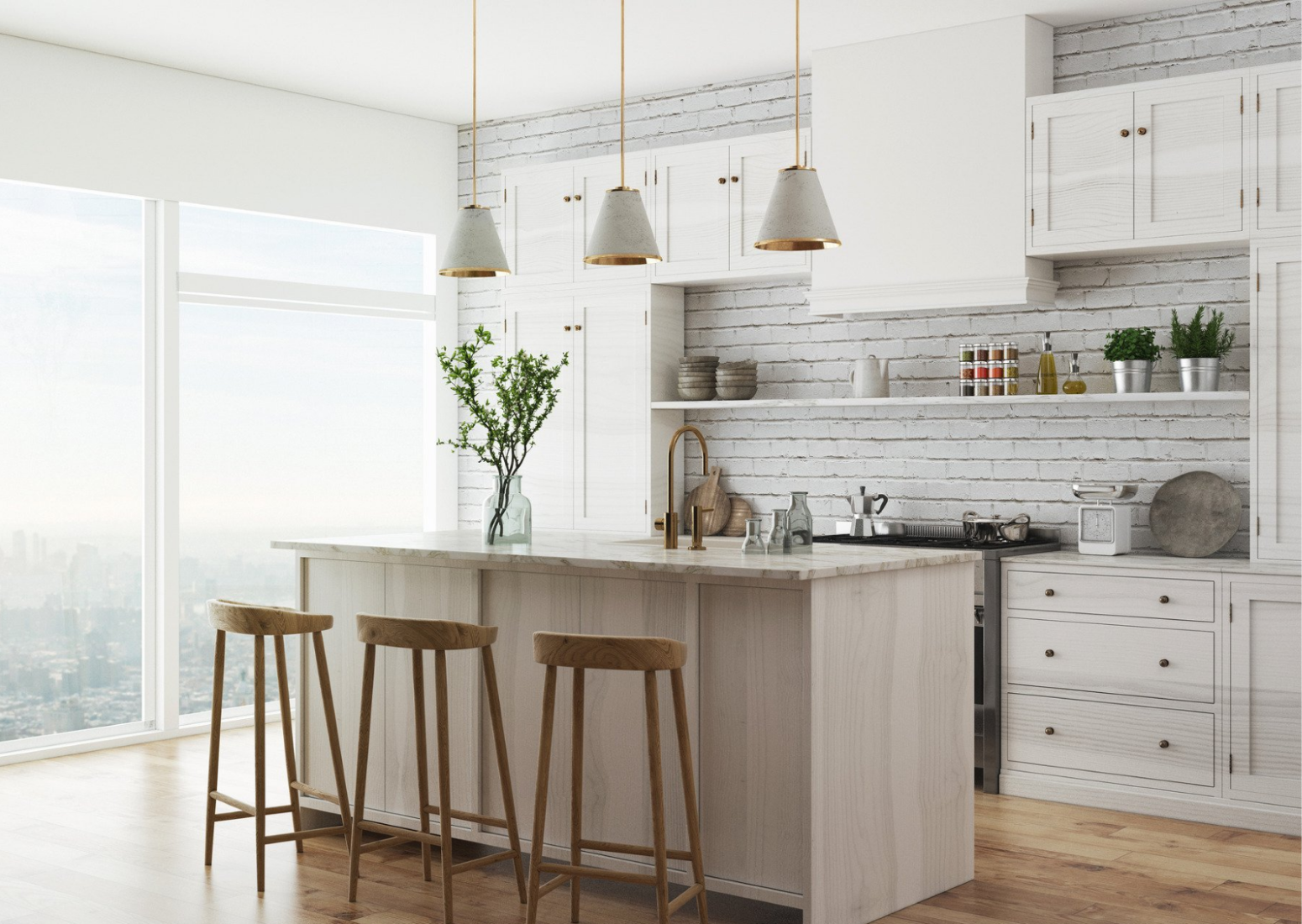

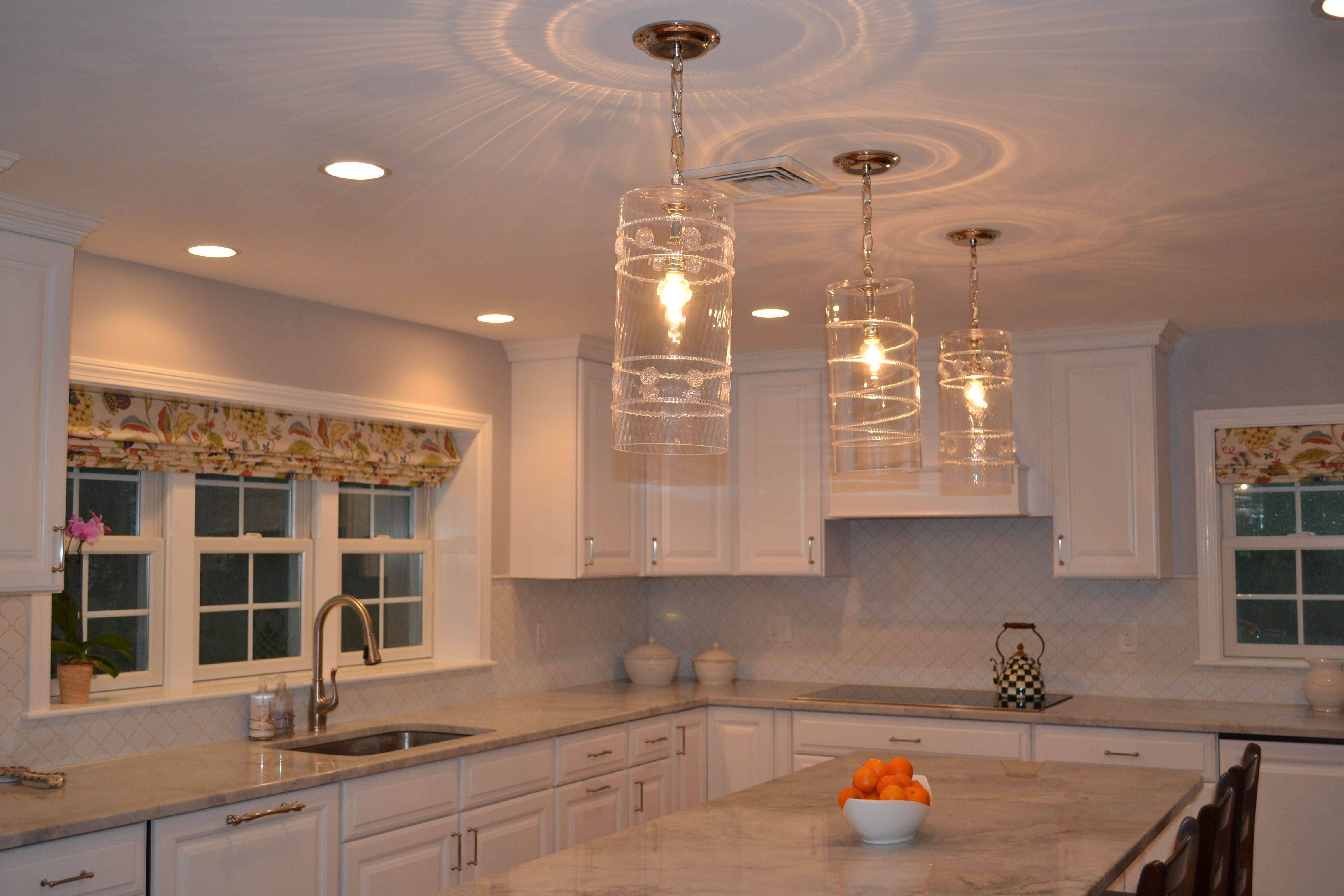




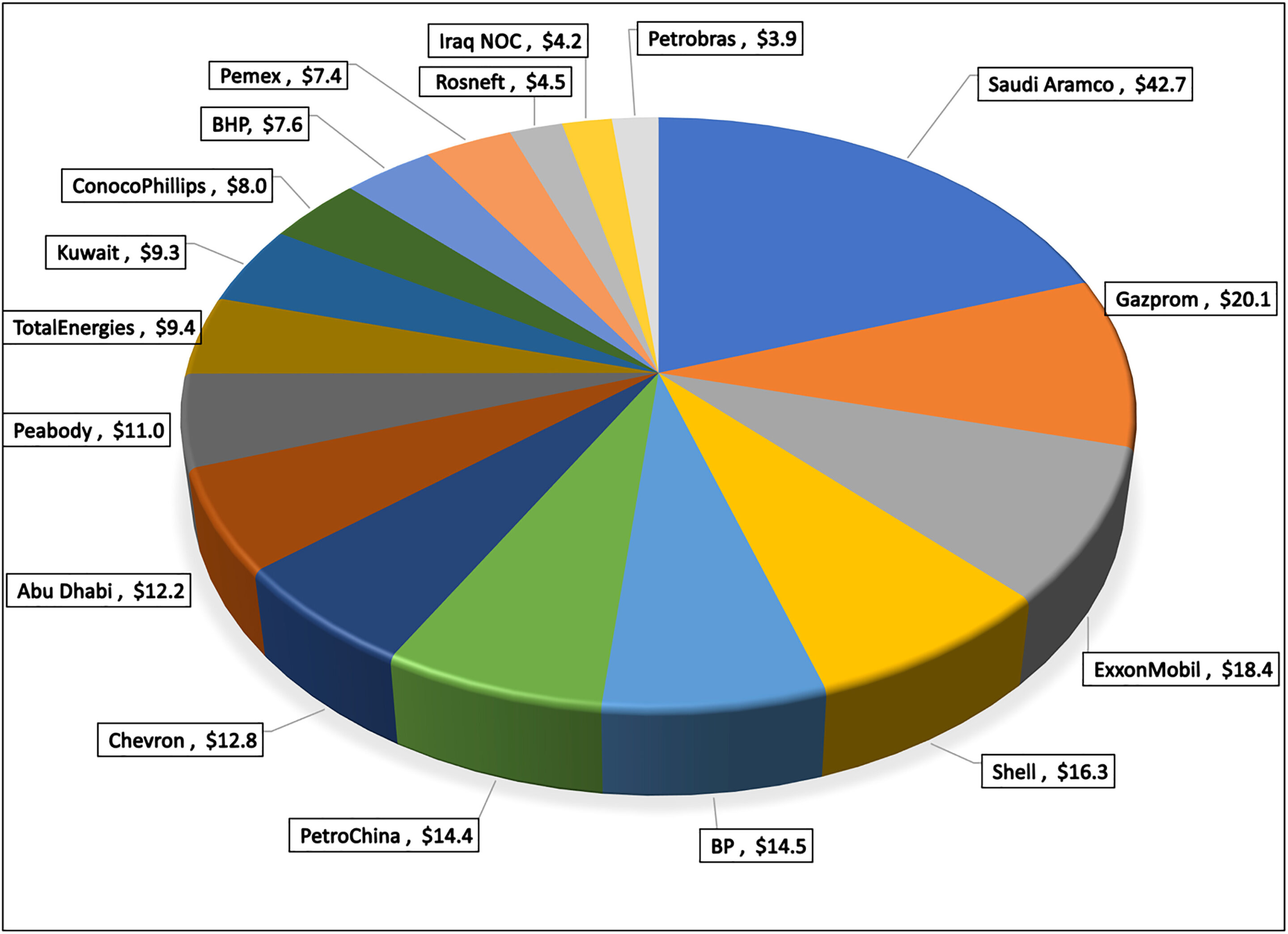

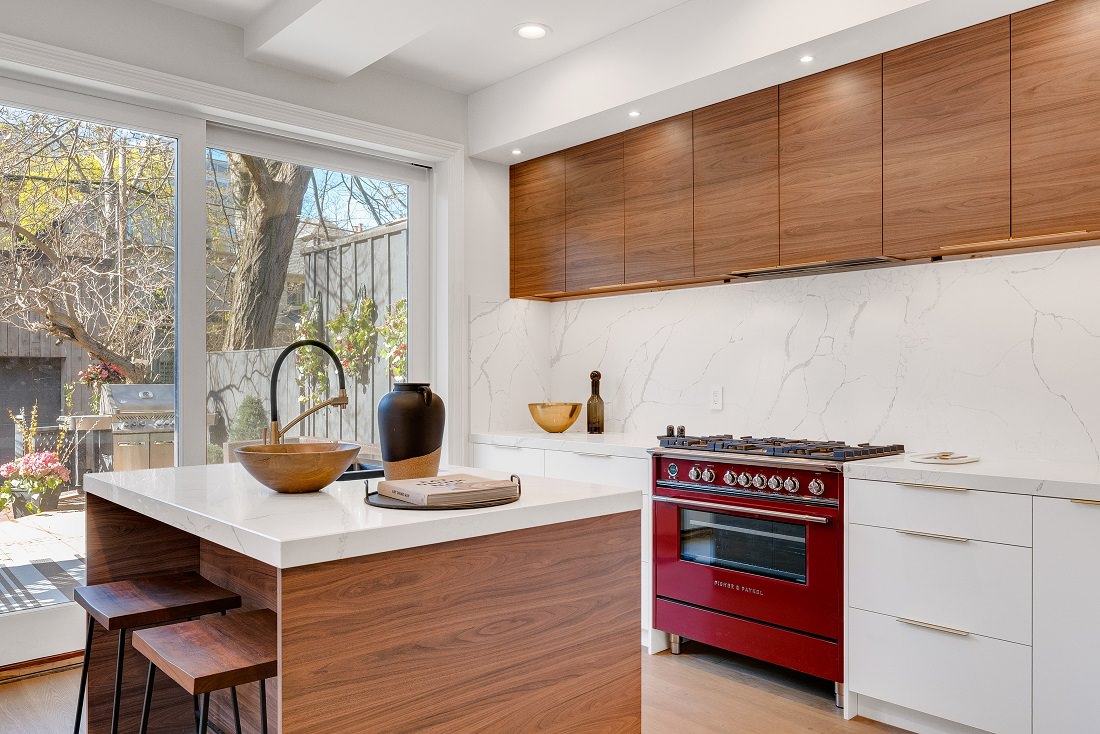

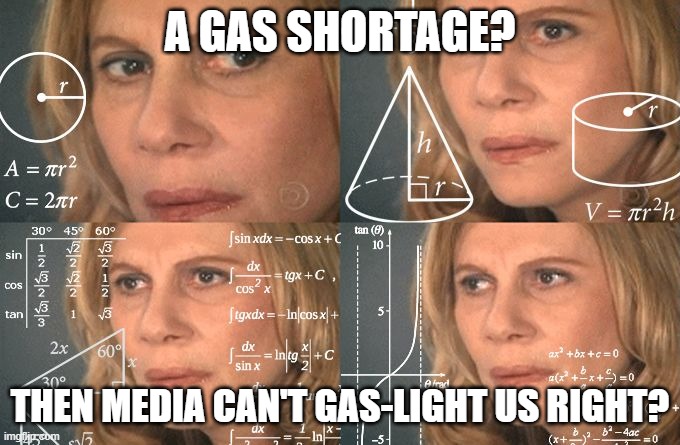
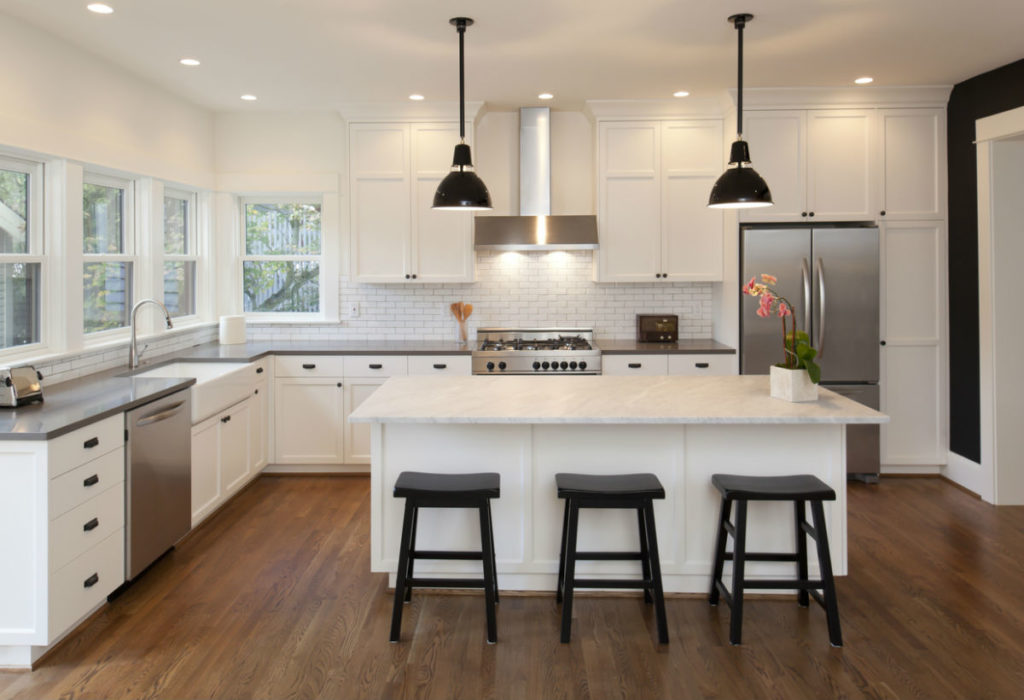





:max_bytes(150000):strip_icc()/Kitchentracklighting-GettyImages-1129132325-1989f37a082c493391d16a1659f1a509.jpg)

